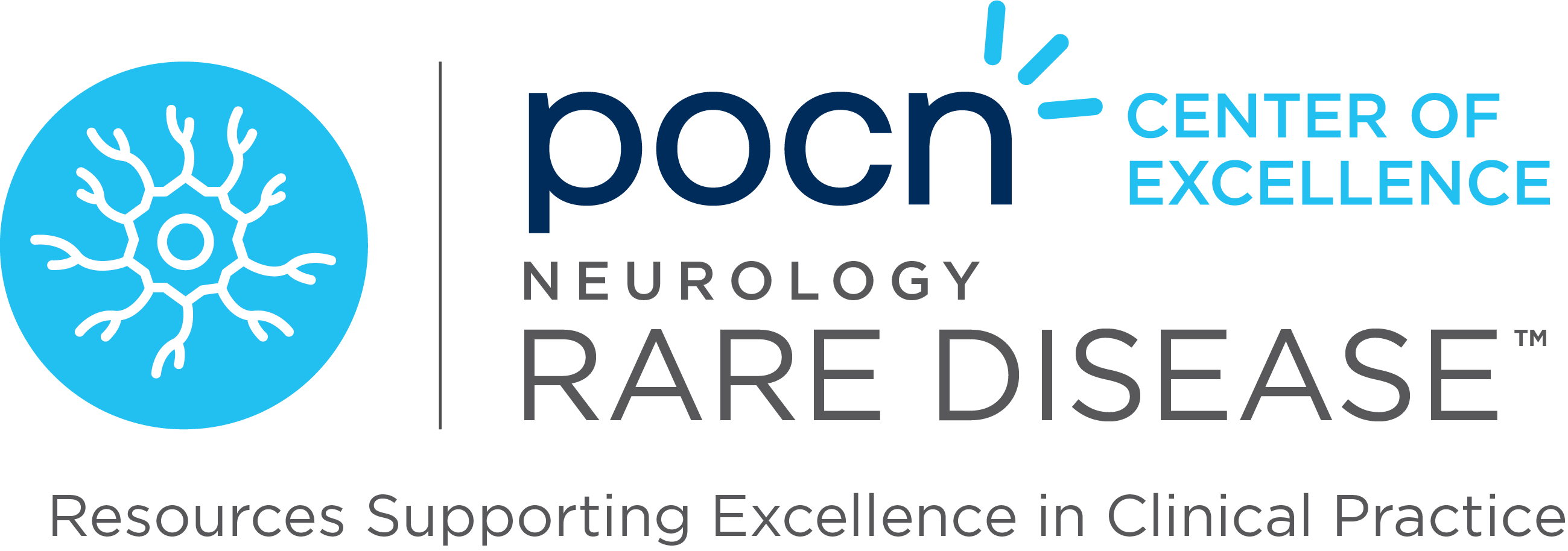Myasthenia gravis (MG), an autoimmune disorder affecting neuromuscular junctions, has seen significant advancements in treatment since the introduction of acetylcholinesterase inhibitors in 1934, which dramatically improved patient outcomes. Despite these advances, managing MG can be complex, particularly with treatment-refractory cases that lead to recurrent hospitalizations and necessitate ongoing interventions like IVIG or plasma exchange.
On the treatment spectrum, acetylcholinesterase inhibitors such as pyridostigmine remain the cornerstone for symptom management in MG since their adoption in the 1930s. For cases poorly managed by these drugs, or those experiencing severe side effects, alternatives like β-adrenergic agonists have been explored, though less commonly used today. The field continues to evolve with the development of advanced immunosuppressive treatments, including agents like tacrolimus, mycophenolate mofetil, rituximab, and eculizumab. These agents tailor management strategies to individual patient needs, emphasizing the importance of personalized treatment plans.
Reference: Alhaidar MK, Abumurad S, Soliven B, et al. Current Treatment of Myasthenia Gravis. J Clin Med. 2022 Mar 14;11(6):1597. doi: 10.3390/jcm11061597. PMID: 35329925; PMCID: PMC8950430.



